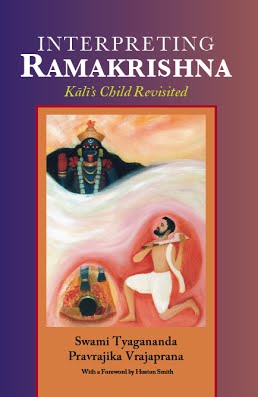Kali's Child Revisited
 The Indian mystic Ramakrishna (1836–1886) profoundly influenced not only Hinduism in India but also Western interpretations of Hinduism. Ramakrishna has played a critical role in India’s religious revival and the growing influence of Hinduism in the West. While he has generally been viewed in the past century as an exemplar who taught interreligious harmony and individual spiritual striving, this view was shaken with the publication of Kali’s Child, with its provocative assertions of Ramakrishna’s alleged “troubled” past and homoerotic proclivities. Was Ramakrishna a troubled mystic and homoerotic Tantrik, whose secrets have been hidden from public view?
The Indian mystic Ramakrishna (1836–1886) profoundly influenced not only Hinduism in India but also Western interpretations of Hinduism. Ramakrishna has played a critical role in India’s religious revival and the growing influence of Hinduism in the West. While he has generally been viewed in the past century as an exemplar who taught interreligious harmony and individual spiritual striving, this view was shaken with the publication of Kali’s Child, with its provocative assertions of Ramakrishna’s alleged “troubled” past and homoerotic proclivities. Was Ramakrishna a troubled mystic and homoerotic Tantrik, whose secrets have been hidden from public view?
Interpreting Ramakrishna: Kali’s Child Revisited offers both a spirited critique of Kali’s Child as well as an in-depth examination of Ramakrishna scholarship over the course of the past century, identifying how Ramakrishna has been viewed according to the changing tenor of the times. Providing a thoughtful examination of the problematics inherent in translation and interpretation, Interpreting Ramakrishna offers readers a new model for interpreting historical religious figures that is consistent with rigorous scholarship while maintaining its roots in indigenous paradigms. Interpreting Ramakrishna is, according to Harvard professor Francis X. Clooney, “the best resource we have for understanding Sri Ramakrishna today.”